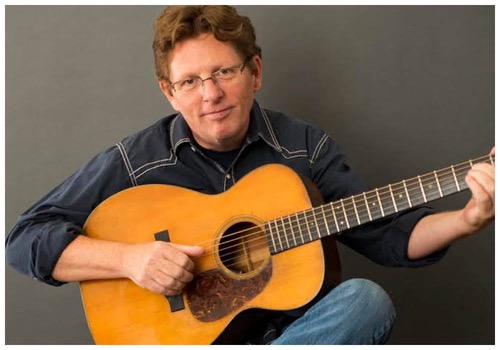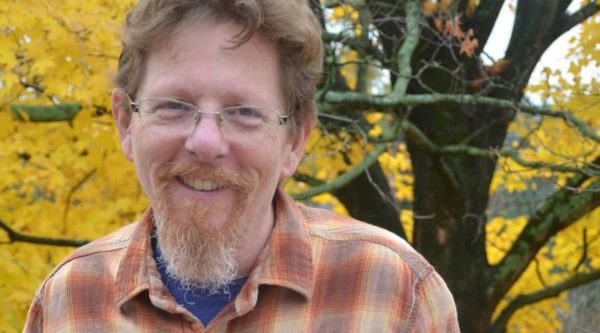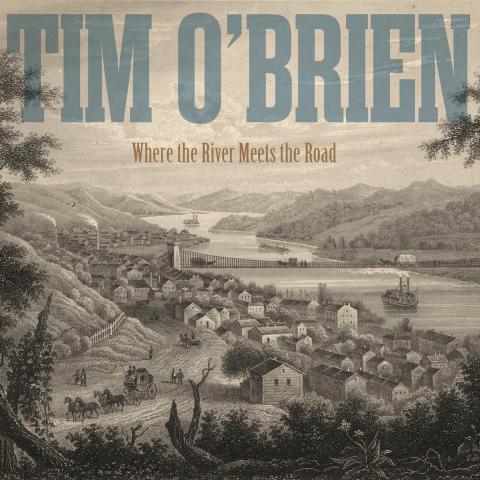
14 Jun Telluride Bluegrass: Tim O’Brien, Where the Rover Meets the Road
Tim O’Brien returns for the umpteenth (actually 41st) time to perform on the Main Stage at the 44rd annual Telluride Bluegrass Festival. His band, that is The Tim’ OBrien Band, this year includes the friends who helped make Tim’s new CD, “Where the River Meets the Road”: Mike Bub, Stuart Duncan, Jan Fabricius, and Noam Pikelny.
Tim & friends appear twice on the Main Stage, Thursday and Sunday. A few single-day Telluride Bluegrass tickets remain for those days and still available at http://shop.bluegrass.com/telluride or 800-624-2422. (As always, Planet Bluegrass charges no services fees on any tickets. )
Scroll down to listen to Tim’s podcast.

Telluride Bluegrass lifers know his sound by heart, comfy music with an old slipper feel, an artful blend of bluegrass, folk, swing, plus Irish and Americana stylings, with just a touch of the blues and funk for spice, a sound that has been a central part of the Telluride Bluegrass Festival line-up for 41 years. (He was absent from the Main Stage in ’74, ’77 and ’07 only.)
A sound and style described by The Wall Street Journal as “classic-sounding material stamped with his own perceptive personality.”
With Tim O’Brien as the filter, everything old comes out new again, whether’s it’s a reinterpretation of an old fiddle tune, a revitalized honky-tonk shuffle from the 1950s, or an original bluegrass-inflected folk tune, the sound is always at once familiar and fresh.
Though sometimes Tim turns that trope on its head: everything new feels old again.
And yet new. (As in his latest release. See below.)
Each of O’Brien’s solo albums has a distinctive identity.
Many have specific themes.
Red on Blonde is an insightful collection of Bob Dylan compositions.
The Grammy-winning Fiddler’s Green is a celebration of Appalachian music and its Celtic roots.
Pompadour, or at least most of it, is “a kind of a breakup record,” (per Tim, who had broken up with his wife six years ago and just gotten divorced.)
Where the River Meets the Road, the 15th solo release from the Grammy award-winning artist, songwriter, producer, and multi-instrumentalist, is a hard look into the rear view mirror of Tim’s life and context: each of its 12 tracks is connected to Tim’s past and the rich musical history of his home state of West Virginia.

Two originals, “Guardian Angel” and the title track “Where the River Meets the Road: are autobiographical: they tell deeply personal stories of Tim’s family – the death of his older sister when he was a toddler, and the tale of his great grandfather moving to his hometown of Wheeling in 1851. In addition, there are various covers of songs by Bill Withers, Hazel Dickens, the Bailes Brothers, Doc Williams, Edden Hammons, and Billy Edd Wheeler, all collected and compiled over more than a decade collaborating with the West Virginia Music Hall of Fame. (Tim was inducted into that Hall in 2013.)
On the opening day of the 44th annual Telluride Bluegrass Festival, Thursday, June 15, The Tim O’Brien Band performs on the Main Stage 1:30 – 2:45 p.m. Later in the weekend, the dough also rises: Tim & other friends morph into the seminal, progressive bluegrass band, Hot Rize. That set is scheduled for Sunday, June 18, 5:30 – 6:45 p.m. and features Rize (and Red Knuckles) regulars: Pete Wernick, Nick Forster, and Bryan Sutton.
“This year marks the 20th time Hot Rize has played TBF, earning them the most TBF appearances as a “band” (behind the Sam Bush Band) and the band with the longest history at the festival (debuting in 1978),” explained Planet Bluegrass’s marketing whiz, Brian Eyster. “With only one change in membership over their nearly 40 years (the late Charles Sawtelle), the group’s ongoing consistency is nearly unrivaled in bluegrass. Hot Rize is arguably the most important Colorado bluegrass band of all-time. This porcelain anniversary is really important to the band (especially band “historian” Pete Wernick), who views it as their big milestone of the year. The same musicians are also playing at a Sheridan NightGrass entirely as Red Knuckles & The Trailblazers. ( It is maybe the first time they’ve done this.).”
Hot Rize takes its name from the secret leavening ingredient found in Martha White flour and cornmeal products. Just to prove the point, Hot Rize often performs the theme song of the now defunct Martha White Biscuit and Cornbread Time – just as Flatt and Scruggs did when they appeared on WSM’s radio show in the 1960s.
There are several versions of how the legendary band was formed. Tim shared one tall tale in his familiar, laconic, back-porch style.
“I missed the first two Telluride Bluegrass festivals, but on my first trip in 1975, I was playing with Ophelia Swing Band. Hot Rize hadn’t started yet,” he explained. “By 1976, Pete Wernick and Charles Sawtelle and I had started playing some together informally, and Pete came down to the Festival. At the after Festival party at Dunton Hot Springs, there was an amazing late night jam in John Hartford’s cabin. I remember it including Pete and me, Sam Bush, Curtis Burch, Denise Carlson, and I think Courtney Johnson, along with Hartford. People were banging on the door, wanting to get in, but it was already tight in there and we just kept playing.”
Telluride Bluegrass turned out to be the perfect venue for a new kind of bluegrass that was well on its way by then.
“Hartford and Newgrass were the standard bearers of the new slant, and Hot Rize jumped into that movement when it formed in 1978. By then the spontaneous combustion – the chemical reaction from putting that sound in front of the western mountain audience – was a high, hot-burning flame. We’d see the other like-minded performers other times of the year, but Telluride was where we performed the rites of spring together and made time to collaborate and learn from one another. Since those early days, the music has grown so much bigger than any individual musician or band, but I think we’re all proud to have helped tend the New Grass garden that grew up in Town Park.”
As a teenager Tim began a self-described “walkabout” because, like most West Virginians, he felt he must leave the economically forbidding environment of his homeland.
For a while Tim, eventually landing in Colorado, helped found Hot Rize, garnered great critical acclaim, and eventually wound up in Nashville. But then, Tim O’Brien’s early history is common knowledge around these parts.
Though we may or may not remember some of the finer points of his life such as the fact Tim bagged a liberal arts education, followed his bliss to Chicago and then onward across the country, made his living playing folk gigs before winding up in Boulder, where a burgeoning, eccentric roots music scene was forming.
We may not have that information at our fingertips, but Telluriders for sure know what followed: Ophelia Swing Band, Hot Rize, and its alter-ego country swing band, Red Knuckles and the Trailblazers, the stuff of Telluride Bluegrass Festival legend.
Tim O’Brien’s diverse musical career blossomed with the birth of solo albums, multiple chart-topping songs covered by the likes of Nickel Creek, Dixie Chicks, and Garth Brooks, and collaborations with artists such as Darrell Scott, Steve Earle, Steve Martin, and Jerry Douglas’ the Earls of Leicester.
The scope of these successes would not have been possible had Tim remained in his home state: the journey to find work and carve his own path not only mirrors the experience of his own great grandfather, but also the West Virginian experience as a whole, its beauty and hardship making that place the haunting, comforting, magnetic homeland that it is.
Where the River Meets the Road is at once quintessentially West Virginian and archetypically Tim O’Brien. The album was released on Howdy Skies Records on March 31, 2017.
Where the Rover Meets the Road (namely Tim) is (thankfully) returning soon to your local stage, Telluride’s Town Park.


Sorry, the comment form is closed at this time.